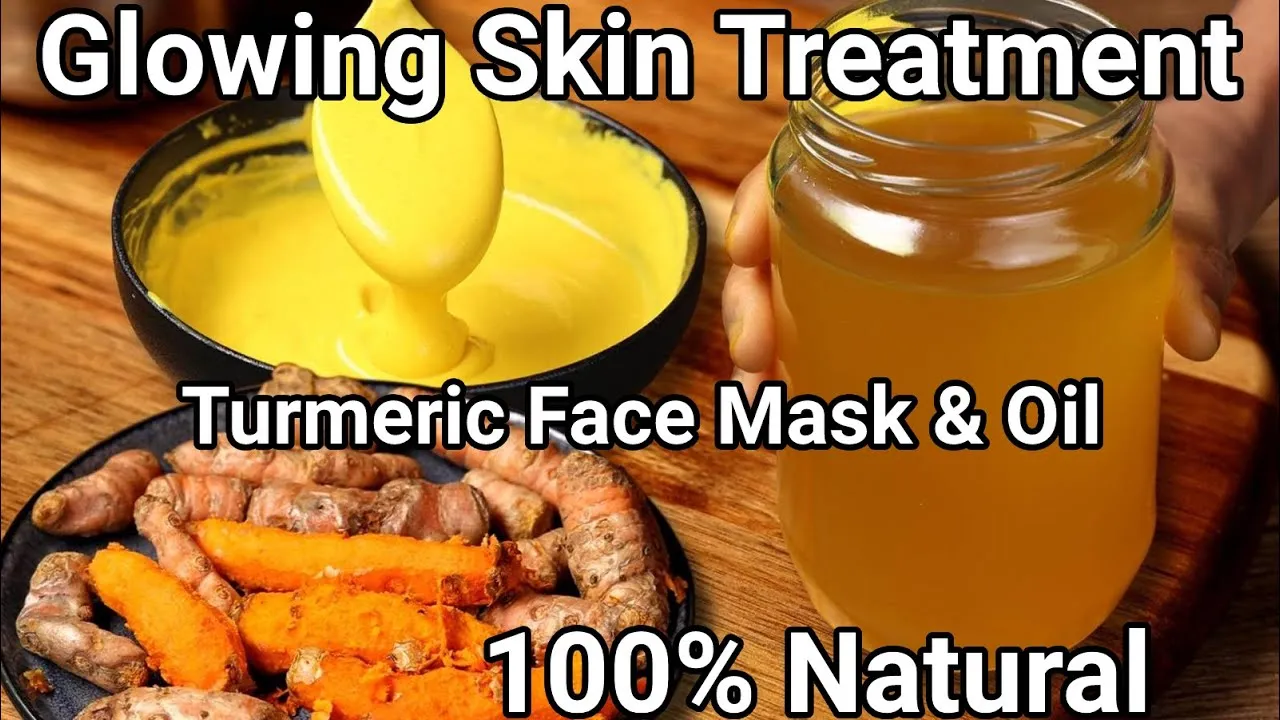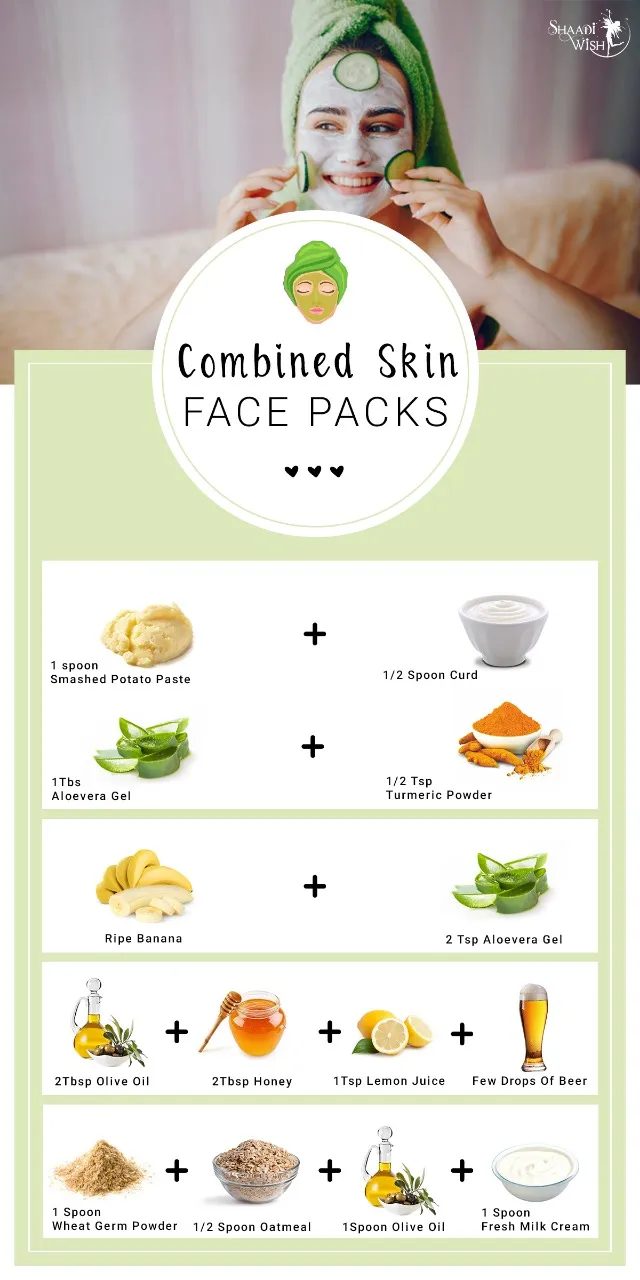Understanding Skin Whitening and Homemade Face Packs
The pursuit of radiant and even-toned skin is a timeless beauty goal. Skin whitening, often referred to as skin brightening or lightening, involves reducing the production of melanin, the pigment responsible for skin color. While various cosmetic procedures and products exist, homemade face packs offer a natural and accessible approach to achieving a brighter complexion. These DIY concoctions utilize readily available ingredients, harnessing their inherent properties to gently lighten and rejuvenate the skin. This guide delves into the world of homemade face packs, exploring their benefits, ingredients, and application techniques to help you achieve a luminous glow.
What is Skin Whitening
Skin whitening is a cosmetic process aimed at lightening the skin tone or achieving an even skin complexion. It is achieved by reducing melanin production in the skin. Melanin is a natural pigment that gives skin its color. Factors such as sun exposure, genetics, and hormonal changes can influence melanin production, leading to uneven skin tone or hyperpigmentation. Skin whitening treatments aim to address these issues, promoting a brighter and more uniform skin appearance. It is important to approach skin whitening with realistic expectations and to prioritize skin health throughout the process. Understanding the process of skin whitening can empower individuals to make informed decisions about their skincare routines and to select safe and effective methods for achieving their desired results.
Benefits of Skin Whitening Face Packs

Homemade face packs offer a gentle and natural approach to skin whitening, often avoiding the harsh chemicals found in commercial products. They can help reduce hyperpigmentation, such as dark spots and acne scars, leading to a more even skin tone. Regular use can also improve skin texture, making it smoother and softer. Many ingredients used in these packs have antioxidant properties, which can protect the skin from environmental damage and premature aging. The process of preparing and applying these face packs can also be a relaxing and self-care ritual. Moreover, these DIY treatments are often more affordable and customizable, allowing you to tailor them to your specific skin type and concerns.
Homemade Face Pack Ingredients
Creating effective skin-whitening face packs involves selecting ingredients known for their skin-lightening and brightening properties. Many natural ingredients possess these capabilities, offering a safer and gentler alternative to harsh chemical treatments. By combining the right ingredients, you can create powerful face packs that target uneven skin tone, dark spots, and dullness. Before you start, make sure to gather fresh, high-quality ingredients to maximize the benefits and ensure the safety of your skin. The right ingredients can make a huge difference when it comes to your skin.
Common Ingredients for Whitening
Several natural ingredients are renowned for their skin-whitening and brightening effects. Yogurt, rich in lactic acid, gently exfoliates and lightens the skin. Honey acts as a natural humectant, drawing moisture to the skin and promoting a healthy glow. Lemon juice contains citric acid, which helps to lighten dark spots, though it should be used with caution due to its acidity. Turmeric, with its curcumin content, has anti-inflammatory and antioxidant properties that can improve skin tone and reduce blemishes. Oatmeal provides gentle exfoliation, removing dead skin cells and revealing brighter skin underneath. Milk contains lactic acid, similar to yogurt, which helps to exfoliate and brighten the skin. Gram flour (besan) is a traditional ingredient that helps to absorb excess oil and lighten the skin. Rosewater soothes and hydrates the skin. By incorporating these ingredients into your face packs, you can create a natural and effective skincare routine.
Ingredients and Their Benefits

Each ingredient in a homemade face pack contributes unique benefits to skin whitening. Yogurt, due to its lactic acid content, gently exfoliates the skin, removing dead cells and revealing a brighter complexion. Honey’s moisturizing properties keep the skin hydrated and supple, while its antioxidants protect against damage. Lemon juice, with its citric acid, can help fade dark spots and even out skin tone, but must be used sparingly due to its acidity. Turmeric’s anti-inflammatory and antioxidant properties reduce inflammation and combat free radicals, improving skin clarity. Oatmeal gently exfoliates and soothes the skin, making it ideal for sensitive skin types. Milk, like yogurt, contains lactic acid, which helps brighten and exfoliate the skin. Gram flour absorbs excess oil and can help lighten the skin, while rosewater provides hydration and a refreshing touch. Understanding these benefits allows you to customize your face packs for optimal results and address specific skin concerns.
Top Homemade Face Pack Recipes
Here are a few effective homemade face pack recipes that utilize the ingredients above. These recipes are designed to be simple to make and easy to incorporate into your regular skincare routine. Regular use of these face packs, combined with a consistent skincare regimen, can help you achieve a brighter and more even skin tone. Always conduct a patch test before applying any new face pack to your entire face to ensure you do not have an adverse reaction. Adjust the ingredients based on your skin’s needs and preferences for optimal results. Follow the recipes carefully for the best outcomes.
Yogurt and Honey Face Pack
This simple yet effective face pack combines the exfoliating and brightening properties of yogurt with the moisturizing and soothing benefits of honey. To make this pack, mix 2 tablespoons of plain yogurt with 1 tablespoon of honey. Apply a thin, even layer to your clean face, avoiding the eye area. Allow the mask to sit for 15-20 minutes before rinsing it off with lukewarm water. This face pack is suitable for most skin types and can be used 2-3 times a week to achieve a radiant glow. The lactic acid in yogurt gently exfoliates the skin, while honey provides hydration and antibacterial benefits.
Oatmeal and Milk Face Pack

Ideal for sensitive skin, this face pack offers gentle exfoliation and soothing properties. Combine 2 tablespoons of finely ground oatmeal with enough milk (or even better, milk with a bit of cream) to create a smooth paste. Apply the paste to your face in a circular motion, gently exfoliating your skin. Let it sit for 10-15 minutes, allowing the milk to moisturize and the oatmeal to soothe any irritation. Rinse thoroughly with lukewarm water. This pack helps remove dead skin cells and improve skin texture, leaving your skin feeling soft and refreshed. The combination of oatmeal and milk is very gentle.
Lemon and Turmeric Face Pack
This face pack harnesses the brightening power of lemon and the anti-inflammatory benefits of turmeric. Mix 1 teaspoon of fresh lemon juice (use with caution, as it can be irritating) with ½ teaspoon of turmeric powder and enough water to form a paste. Apply a thin layer to your face, avoiding the eye area. Leave it on for 10-15 minutes, and then rinse it off with cool water. Use this pack no more than once a week, as excessive use of lemon juice can cause sensitivity to sunlight. This mask helps to reduce dark spots and even out skin tone, while turmeric provides antioxidant and anti-inflammatory benefits.
Gram Flour and Rose Water Face Pack
This traditional face pack is great for oily and combination skin. Mix 2 tablespoons of gram flour (besan) with rose water to create a smooth paste. Apply to your face and let it dry for 15-20 minutes. Rinse with cool water. The gram flour helps to absorb excess oil and lighten the skin, while rose water soothes and hydrates. This pack can be used 2-3 times a week. This is a fantastic and simple way to maintain healthy skin.
Tips for Effective Application

To maximize the benefits of your homemade face packs, follow these application tips. Proper preparation, application, and post-application care can significantly impact the effectiveness of the treatments. Understanding these steps will help you to achieve the best possible results while minimizing the risk of irritation or adverse reactions. Consistency and proper technique are key to unlocking the full potential of your face packs, leading to a brighter and healthier complexion.
Patch Test before Application
Before applying any new face pack to your entire face, it’s crucial to perform a patch test. Apply a small amount of the face pack to a discreet area of your skin, such as the inner arm or behind your ear. Wait 24 hours to check for any adverse reactions, such as redness, itching, or irritation. If no reaction occurs, it is generally safe to proceed with applying the face pack to your face. This step helps identify potential allergies or sensitivities to the ingredients, minimizing the risk of skin irritation or adverse reactions. Prioritizing this step can save you from potential discomfort.
Application Frequency and Duration
The frequency and duration of face pack application depend on your skin type and the ingredients used. Generally, start by using face packs 1-2 times per week. Gradually increase the frequency as your skin becomes accustomed to the ingredients, but avoid overuse, which can lead to dryness or irritation. Leave the face packs on for the recommended time, usually 15-20 minutes, unless otherwise specified in the recipe. Adhering to these guidelines ensures you get the maximum benefits while minimizing potential risks. The key is to find the right balance for your skin’s needs and to avoid overdoing it.
Sun Protection

Always use sunscreen, especially after using face packs that contain ingredients like lemon juice or other citrus elements, which can increase your skin’s sensitivity to the sun. Apply a broad-spectrum sunscreen with an SPF of 30 or higher every morning, even on cloudy days. Reapply sunscreen every two hours, especially if you are spending time outdoors. Sun protection is critical for maintaining your skin’s health and preventing sun damage, which can counteract the benefits of skin-whitening face packs. Protecting your skin from the sun is one of the best things you can do to have healthy skin.
Additional Tips for Brighter Skin
In addition to using homemade face packs, several other lifestyle habits can support your quest for brighter skin. A holistic approach that addresses internal and external factors will yield the best results. Incorporate these additional tips to enhance your skincare routine and achieve a more radiant complexion. These habits will boost the effectiveness of your homemade face packs and contribute to overall skin health.
Healthy Diet for Skin
A balanced diet rich in vitamins, minerals, and antioxidants plays a vital role in skin health. Consume plenty of fruits and vegetables, especially those high in vitamin C (such as citrus fruits and berries) and vitamin E (such as almonds and spinach), as they are powerful antioxidants that protect against free radical damage. Drink plenty of water to hydrate your skin from the inside out. Limit your intake of processed foods, sugary drinks, and excessive amounts of saturated fats, as these can contribute to inflammation and dull skin. Incorporate healthy fats from sources like avocados and olive oil to nourish your skin. The food you eat has a direct effect on your skin.
Hydration and Skincare Routine

Maintaining proper hydration is essential for healthy skin. Drink at least eight glasses of water a day to keep your skin moisturized and plump. Follow a consistent skincare routine that includes cleansing, exfoliating (1-2 times a week), and moisturizing. Choose gentle, pH-balanced cleansers and moisturizers that suit your skin type. Avoid harsh scrubs or exfoliants that can irritate your skin. Regularly remove makeup before bed to prevent clogged pores. Consistency in your routine will lead to noticeable results. Proper hydration and a well-curated skincare regimen work synergistically with homemade face packs to amplify your skin’s radiance.
When to See a Dermatologist
While homemade face packs can be effective, it’s important to consult a dermatologist if you have persistent skin issues or concerns. If you experience severe irritation, redness, or any other adverse reactions after using a face pack, discontinue use and seek professional advice. A dermatologist can diagnose underlying skin conditions, such as melasma or eczema, and recommend appropriate treatments. They can also provide tailored advice based on your skin type and concerns. Do not hesitate to seek expert advice if you are unsure about using certain ingredients or if you don’t see the results you expect. Prioritizing professional guidance when needed ensures your skin health and safety.
